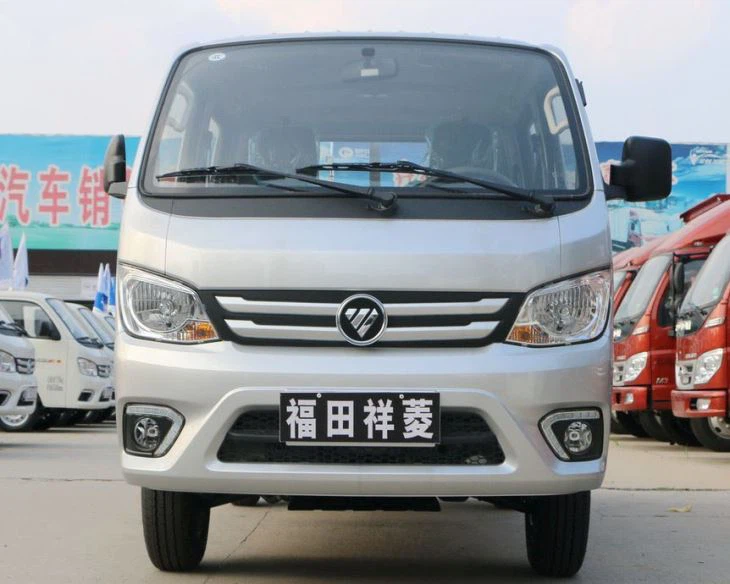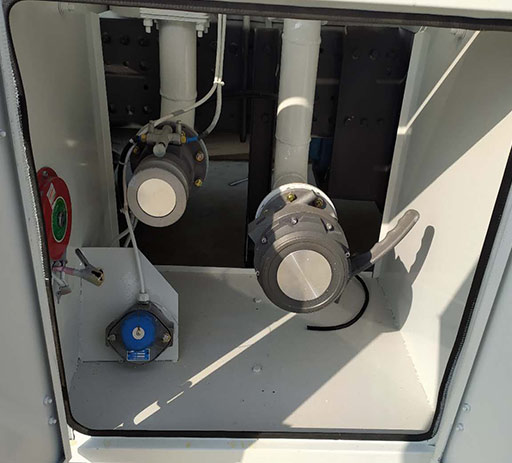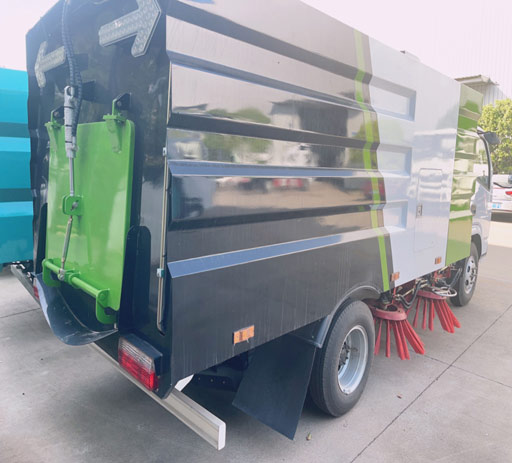Inside the 18 Wheeler Cabin: Understanding the Heart of the Trucking Industry

The cabin of an 18-wheeler is not just a place for the driver to sit; it’s a multifunctional living and working environment. As the trucking industry plays a pivotal role in global logistics, understanding the inside of an 18-wheeler cabin can enhance appreciation for this vital sector. In this article, we will explore the components, features, and innovations found within an 18-wheeler cabin, along with practical examples, tips, and frequently asked questions about truck driving experiences.
The Layout of an 18 Wheeler Cabin
Overview of the Cabin Design
The cabin of an 18-wheeler typically consists of various sections that cater to the driver’s comfort, safety, and operational needs. The design can vary between manufacturers, but common elements include:
- Driver’s seat
- Passenger seat
- Dashboard instruments
- Storage compartments
- Sleeping area
Interior Dimensions
The size of the cabin can greatly impact usability. Generally, the interior dimensions can range from 70 to 80 inches in height and 100 to 112 inches in width. The spaciousness designed in these cabins allows for mobility and comfort, essential for long hauls.
Driver Comfort Features
Seating Arrangements
The driver’s seat is often an ergonomic design, featuring adjustable height, lumbar support, and cushioned material. It is important for long-distance drivers to have a comfortable seat to prevent fatigue.
Types of Seats
| Seat Type | Features | Benefits |
|---|---|---|
| Standard Seat | Basic cushioning | Cost-effective |
| Air Ride Seat | Suspension system | Reduces road shock |
| Heated Seat | Internal heating elements | Enhances comfort in cold weather |
Climate Control
Modern 18-wheelers are equipped with advanced heating, ventilation, and air conditioning (HVAC) systems. These systems ensure the cabin remains comfortable regardless of external weather conditions.
Cabin Insulation
High-quality insulation materials are often used in the cabin construction to minimize noise and thermal transfer, further contributing to the comfort of the environment.
Technology Integration
Dashboard Instruments
The dashboard of an 18-wheeler is filled with critical instruments that provide real-time data about vehicle performance. Common features include:
- Speedometer
- Fuel gauge
- Temperature indicators
- GPS and Navigation systems
Entertainment Systems
To combat loneliness on long hauls, many drivers opt for cabin entertainment systems that include:
- AM/FM radio
- Bluetooth connectivity
- CD/DVD players
- Streaming service access
Practical Example
A driver can connect their smartphone through Bluetooth to stream music or receive calls without distraction, enhancing safety and enjoyment while on the road.
Safety Features
Visibility Enhancements
Wide windshields and large side mirrors help improve visibility for the driver, crucial for maneuvering large trucks safely. Many cabins also feature additional mirrors, blind spot detection systems, and cameras.
Safety Technology
Modern 18-wheelers are increasingly equipped with advanced safety technologies, such as:
- Collision avoidance systems
- Lane departure warning systems
- Electronic stability control
Importance of Safety Technologies
These features can significantly reduce the risk of accidents, making the highways safer for all users.
Storage Solutions
Cabin Storage Compartments
Efficient use of space is crucial in an 18-wheeler cabin. Storage compartments are strategically placed to maximize space without compromising comfort. Examples include:
- Under-seat storage
- Overhead bins
- Side panel compartments

External Storage Options
In addition to cabin storage, many trucks utilize external storage solutions such as:
- Toolboxes
- Cargo nets
- Side compartments
Sleeping Arrangements
Bunk Design
For long-distance hauls, many 18-wheelers come equipped with a bunk area behind the driver’s seat. These bunk designs often feature:
- Comfortable mattresses
- Curtains for privacy
- Storage for personal items
Tips for a Good Night’s Sleep
Drivers should prioritize optimal sleeping conditions by:
- Using blackout curtains
- Maintaining cabin temperature
- Establishing a sleep schedule
Fuel Efficiency and Eco-Friendly Innovations
Engine Technology
Today’s 18-wheelers are equipped with engines that promote fuel efficiency, which is critical for reducing overall operating costs. Examples include:
- Turbocharging
- Hybrid engines
- Selective Catalytic Reduction (SCR)
Driver Habits for Fuel Efficiency
Drivers can also contribute to fuel efficiency by adopting responsible driving habits, such as:
- Avoiding rapid acceleration and braking
- Maintaining a consistent speed
- Reducing idle time

Maintenance and Upkeep of the Cabin
Daily Cleanliness
A clean cabin contributes to safety and comfort. Drivers should implement daily cleaning routines that include:
- Wiping down surfaces
- Organizing storage compartments
- Checking for spills or debris
Regular Inspections
Drivers should conduct regular inspections of critical components of the cabin, which include:
- Checking the condition of the seat
- Ensuring all instruments function properly
- Inspecting HVAC systems for efficiency
Frequently Asked Questions
What is the average size of an 18-wheeler cabin?
The average size of an 18-wheeler cabin typically ranges from 70 to 80 inches in height and 100 to 112 inches in width, providing enough space for comfort and functionality.
How can I personalize my 18-wheeler cabin?
Truckers often personalize their cabins with décor items, ergonomic accessories, and entertainment systems to create a space that feels like home during long trips.
What are common maintenance tasks for an 18-wheeler cabin?
Common maintenance tasks include routine cleaning, inspecting instrumental functionality, and ensuring the HVAC system is operating efficiently.
Are there any safety regulations related to the cabin?

Yes, safety regulations include ensuring proper visibility, maintaining functional emergency equipment, and adhering to guidelines for securing cargo.
How important is a comfortable cabin for long-haul drivers?
A comfortable cabin is essential for long-haul drivers, as it contributes to their ability to rest, stay alert, and maintain focus while on the road.
What innovations are being made for 18-wheeler cabins?
Innovations include advanced safety technology, eco-friendly engine designs, and improved ergonomic features that enhance driver comfort and operational efficiency.
